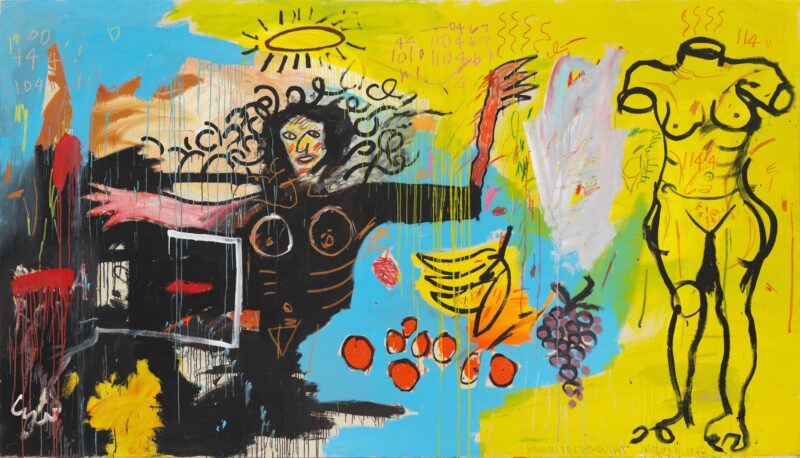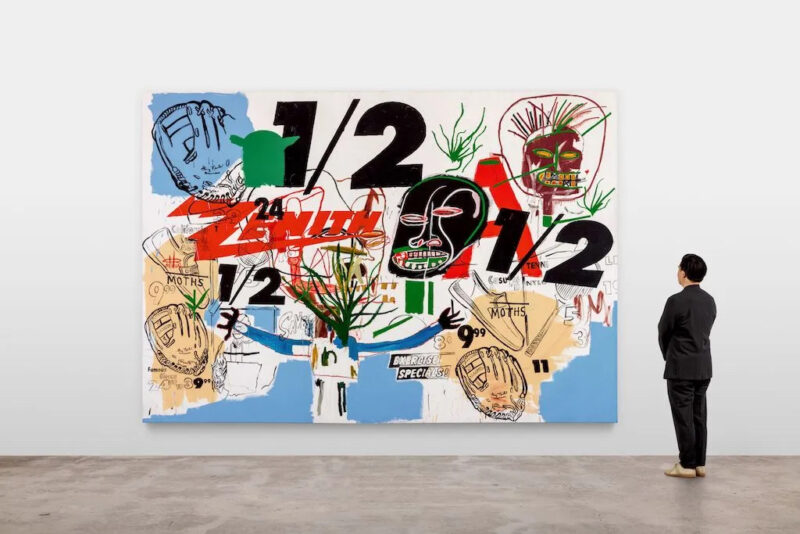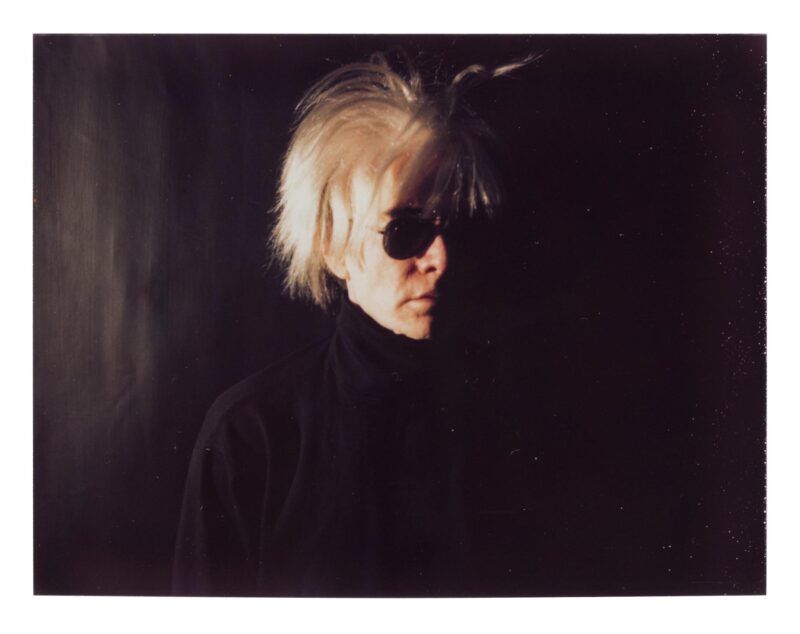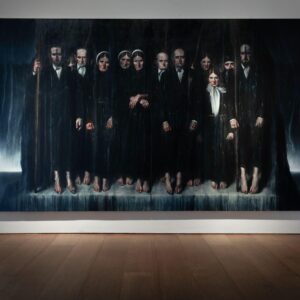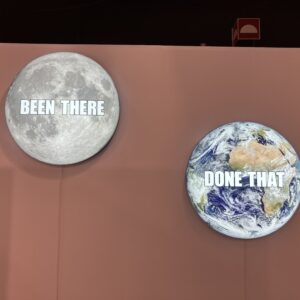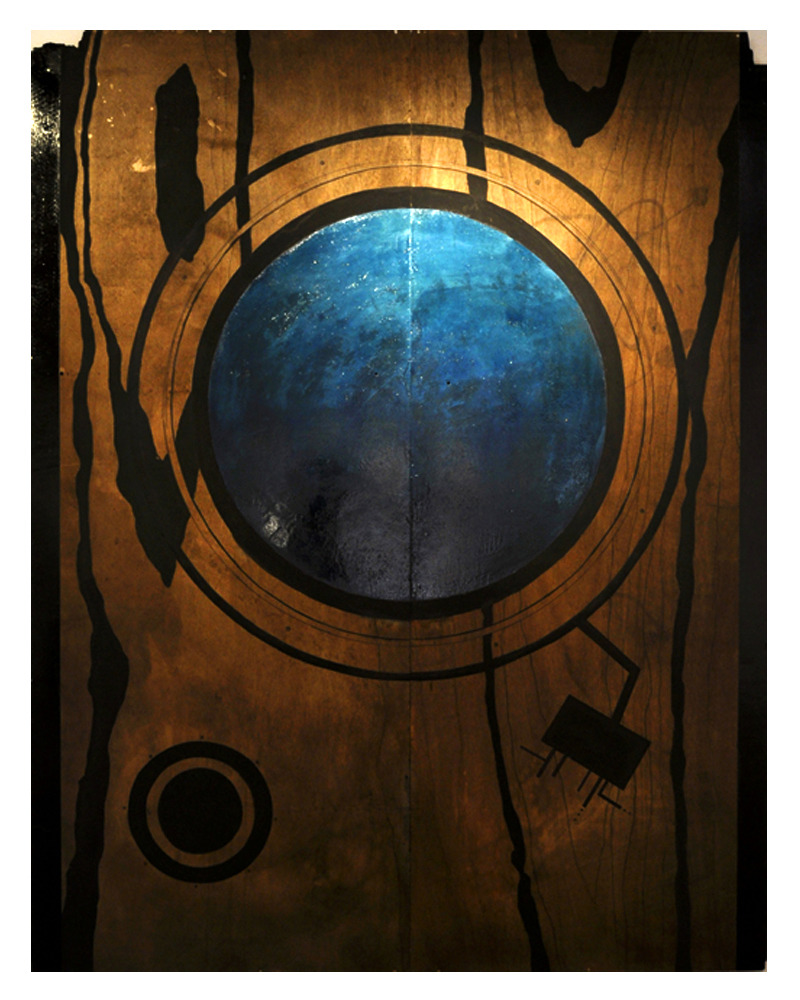
I CAN HEAR YOU 6, 2012, mix media on wood, 245-186 cm
Jonathan Goldman exists as a multi-faceted artist and creator, one who is guided by the hypnotic force of sound. When faced with any one of his profound bodies of work, onlookers are summoned to coexist with their internal reverberations and invited to examine how we relate to these internal echo’s on a diurnal basis. Read FAD’s latest interview with Goldman to understand how this complex, experimental, mixed media artist understands the relevance of awakening rhythms through the personified sight of sound.
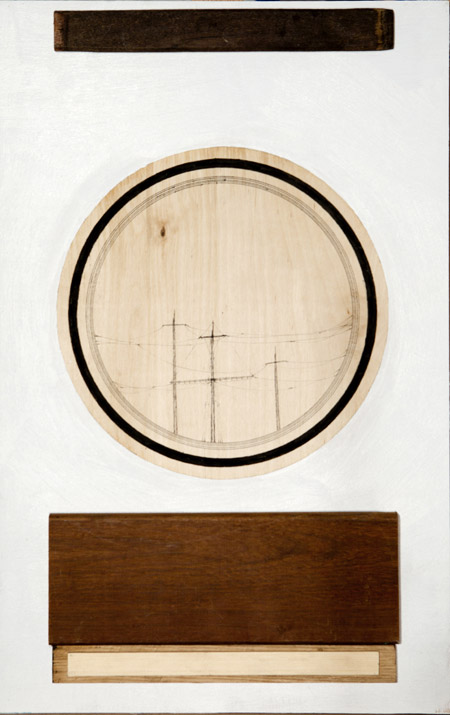
Untitled, 2013, Ink,marker, oil and wood, 64-40 cm

Always listen, 2013, 45-31-14 cm
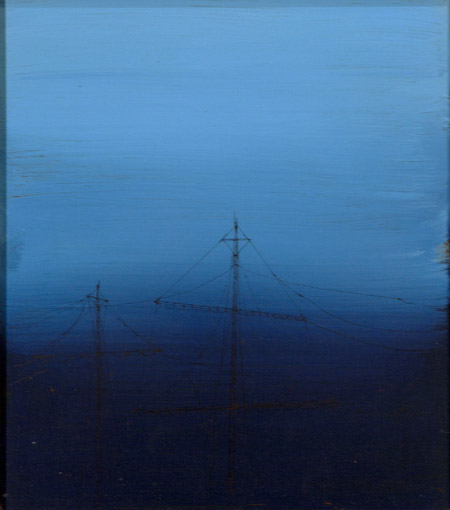
Untitled, 2013,mix media on wood, 60-52 cm
1. If you were not an artist, what would you be instead?
It’s a good question. I would like to be an alchemist, the type that mixes and concocts potions.The thought of mixing materials to create something new appeals to me. It’s an age-old occupation, an obsolete ritual, as opposed to today’s instant culture – a process that finds its expression in my work in the studio.
2. Can you describe the process behind your work?
It varies greatly from work to work. It’s hard to put my finger on the moment when a new idea comes into my head. But once it’s there the process simply begins and evolves. Usually I begin with the sketchbook and from there every action yields a result that leads to another action that yields a new action, and so the work progresses to new places.
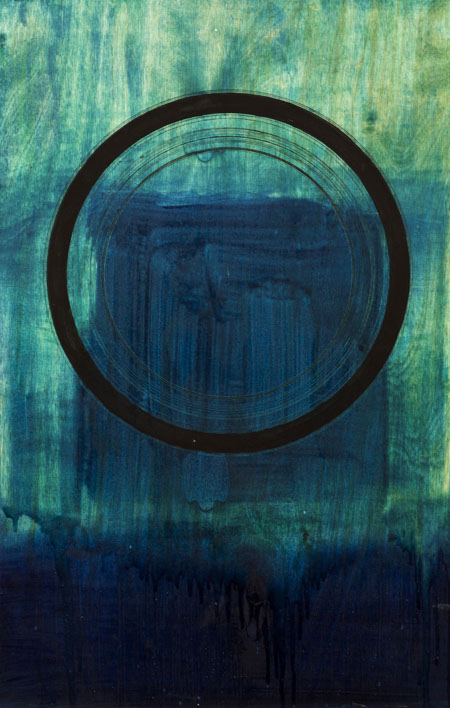
Untitled, 2013, mix media on wood, 62-40 cm
I don’t have a final destination visually or conceptually. The process continues almost until the last minute, when the work is exhibited. My point of departure is the understanding that the present piece on which I’m working is part of a long process that keeps evolving.
I often work in layers, erasing and covering. There are subjects that have been preoccupying me for many years and that the dynamic work process brings to the surface each time anew, so they manifest themselves in different materials and media.
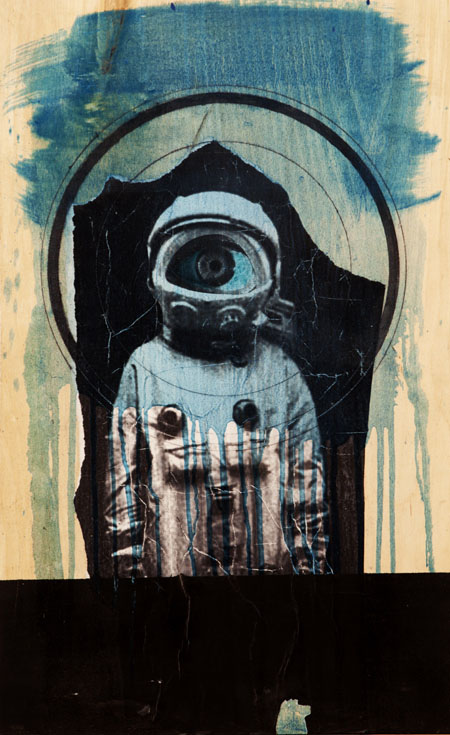
Untitled, 2013, mix media on wood, 62-40 cm
I work with many materials, always exploring and trying to let the process lead the work. Recently I showed a work that is in fact a system that transmits the sound of the waves from the beach to the museum space in real time. It all started from thinking about the calming cyclicality of that natural and cyclical action. Suddenly I found myself dealing with microcomputers and solar cells and military recording equipment. I spent days with programmers, developing a seemingly simple software that would broadcast in one place the sounds from another place. In the end the final object was a sculpture that simulates a 2.5-meter high loudspeaker, which slightly resembles a guard post or a lighthouse, continuously playing the noise it picks up among the rocks on Herzliya beach.
Subsequently, from dealing with the sounds of the sea I became interested in the visual translation of the soundtrack of the waves breaking against the rocks. Which led me to the work SOUND OCEAN WOOD, which is a 5-meter-long wall object that precisely renders the formal expression of the wave soundtrack, and is built from hundreds of wafer-thin pieces of wood joined together.In this way I continue further and further and each work becomes a trigger for the next one.
3. You have 8 major bodies of work which you have completed. All of which seem to have differing qualities in both content and methods of production. Is there a common thread or link between your work- and if so how would you describe it?
For me, it’s all one long and continuous body of work. In my graduation project, at the Multidisciplinary Art Department at Shenkar College in Ramat Gan, I built a laboratory for the production of the MDMA drug. A chemical lab that turned into a sound lab.
The initial intention was to create a laboratory to produce the drug, par excellence, one to one. I researched and studied the drug’s manufacture processes and acquired a lot of equipment necessary for its production. While working on building the lab I discovered sounds and tones that were emitted from the sensitive lab equipment and immediately decided to work with that sound. In a few days I built a wall of loudspeakers that played the dripping sounds produced by the lab instruments, which I amplified with miniature microphones and distorted by using different effects. The lab also functioned as a setting for action and performance, as a lab you can play on.
In the following project I dealt with the loudspeaker as an object and with turning it from an active and noise-making object into a 2D, passive and quiet object. From there the process picked up speed and it didn’t take long for the speakers to turn into drawings of tiny mountains floating in glass jars and into sculptures that respond to sound.
So like I said, for me the process is endless and change is continuous, the main common denominator between each project and the next is the continuity and the preoccupation with the process itself. It’s an evolution of work that I hope will continue to develop, this is the plan at any rate.
4. You mention this on your website “ I’m interested especially in the gap opened, during the work process, between the initial concept and the final object.” Can you describe more in detail what you mean by this statement?
When I start working on a certain project, I have an idea in my head, I have an image that grabs me and I work it out through various processes in the studio. That idea is the trigger for the work. But once the process starts it’s impossible to know where it will end, and often the link between that initial idea and the end result becomes negligent.
As an artist, I look retrospectively and examine the gap between that initial idea that occurred to me and the end result presented to the viewer. The difference, the gap, the conceptual or visual distance between the idea that I had and the result I arrived at is for me the greatest adventure. This is the most significant journey for me as an artist. Looking at the work and going back to the idea from which it started, examining the process and drawing conclusions. It’s an endless search, a transformation that creates an evolution of works. This is art for me. And this is how I imagine my future practice.
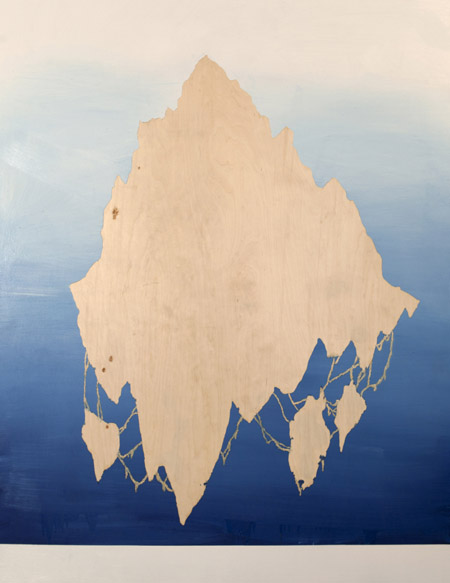
Untitled, 2013, oil on wood, 160-122 cm
5. What is the most current project you are working on?
These days I’m showing my first museum solo exhibition at the Wilfrid Museum.The exhibition is divided into two parts. One part features works in 2D and the other presents a sound installation in a dark space.
I’ve called the exhibition L.A.N.D. The installation is a fictional laboratory for producing and growing new continents as existential alternatives. Sculptures of tiny mountains float in glass jars inside green-turquoise liquid and simulate mountain embryos that feed on the sounds of the sea and of dripping liquids, and respond to them through sound sensors and tiny LED lights planted inside the tiny silicone sculptures.
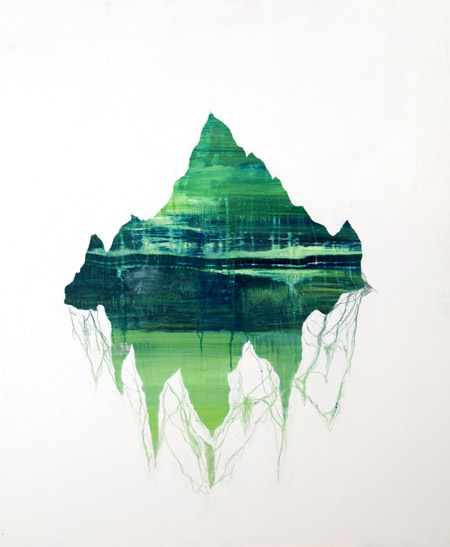
Untitled , 2013 , oil on wood, 124-100 cm
The sound in the space is composed of dripping systems that are scattered around the space and are transmitted via microphones to speakers. To this I added the wave sounds and a musical melody that I created with Asaf Sanzer, who is a good friend and an amazing musician.The project started from very naïve thinking about existential alternatives and about the potential of a new beginning. A virginal place where it’s possible to create a new, clean history, free of baggage and residues.
6. What is your relationship with sound and music and how does this relationship influence the production of your art?
We live in crowded cities, full of all the good and bad in the world. It all creates sounds, everything creates a record that manifests itself in the aural, in sound, or in non-sound, that is in silence. Silence is a lot stranger than sound, it’s scary, deep and infinite.
I think that there is nothing better than simply stopping and listening. It happens to me mainly at night when I walk my dog Julie. The whole city is sleeping and everything seems so quiet. But the more I listen to the silence the more I pick up sounds and noises, a car driving past, a cat trying to mate, a guy on a bench snoring and then the wind comes and surpasses everything with a gentle and continuous whistle. The sound of things is for me the most real record of their existence.
I use these sounds and noises in my works as an integral part of the piece. Using sound sensors I create a dialogue between visuality and sound and create communication and a relationship between them.
In music and sound there is continuity, there is endless change that happens every single minute, there is an interaction, and the dimension of time is central. In my works I create sounds in real time inside the space, so they constantly change and constantly influence the other objects and the viewer. Things happen in real time and influence each other. There is an expectation of change, there is a transformation.

SOUND IS WHEN YOU FEEL IT, 2013, mix media on wood, 52-37 cm
7. What is your perspective on the Israel contemporary art scene, specifically Tel Aviv, in relation to the rest of the world?
I think that in the times we live in, information passes so quickly from one place to the other, that geographical location is becoming less and less important. It’s funny for me to say this, because here in Israel there are very specific codes and patterns of behavior, because of the security, historical and geographical reality of this specific place. So it actually negates what I just said, but nonetheless I still believe in it. Most people spend their time absorbing information from the web and the telephone so the gaps in the behavioral patterns are really narrowing.
But to answer your question:
There are so many talented people in the world that it’s just amazing. It’s magic what human beings can invent and do invent. Of course alongside this talent there are many things that do not rise to the surface. I think that the amount of information that a person has enables them to do so much, and today you can really see extraordinary exhibitions and projects. Projects that combine many different media and innovative techniques and there is a growing use of new technologies in the art world. I’m still curious.
8. How does this perspective influence the production of your art, or does it?
In truth not really, or maybe it does and I’m not aware of it.
I prefer looking at human beings as one unit and the world as one body, so for me the borderline that separates water from land at the sea shore is much more interesting and attractive than borders between countries and the difference between different geographical places. For the time being!
9. Would you consider relocating?
Yes! Every day, back and forth to any place in the world. I spent years travelling around the world and I’m not planning to stop. Relocating is a very strong word because it is unequivocal and unidirectional. You can always go and come back, so I plan to continue to experience and take in as much as I can. But for starters: two years in New York, stopping for a few months in Berlin and with a few forays to Alaska and Madagascar, sounds to me like a pretty good plan.
10. Anytime, anyplace, which artist body would you inhabit and why?
There are so many artists I admire, I don’t know if I would adopt their works as much as I would want to learn from them and be inspired by them in developing new works. But at the moment the one that comes to mind is Jean Michel Basquiat. Something in the period in which he worked, in the expressive and unplanned work. A lot of freedom but at the same time a lot of confusion. And all mixed with a lot of internal gloominess and sadness. There is something so honest about it.
11. What’s next?
Life.
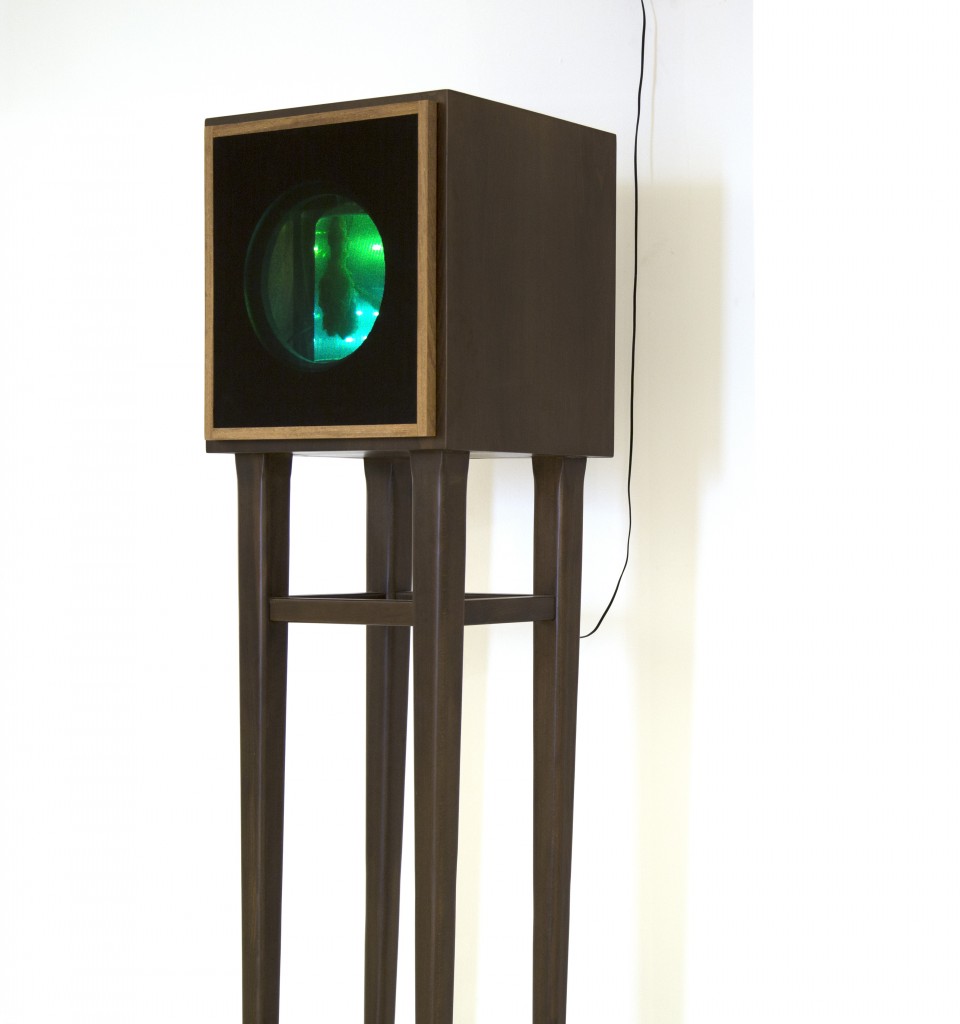
To see more of Jonathan Goldman’s work go: HERE
To see more of LAND @ Wilfrid Israel Museum go: HERE
